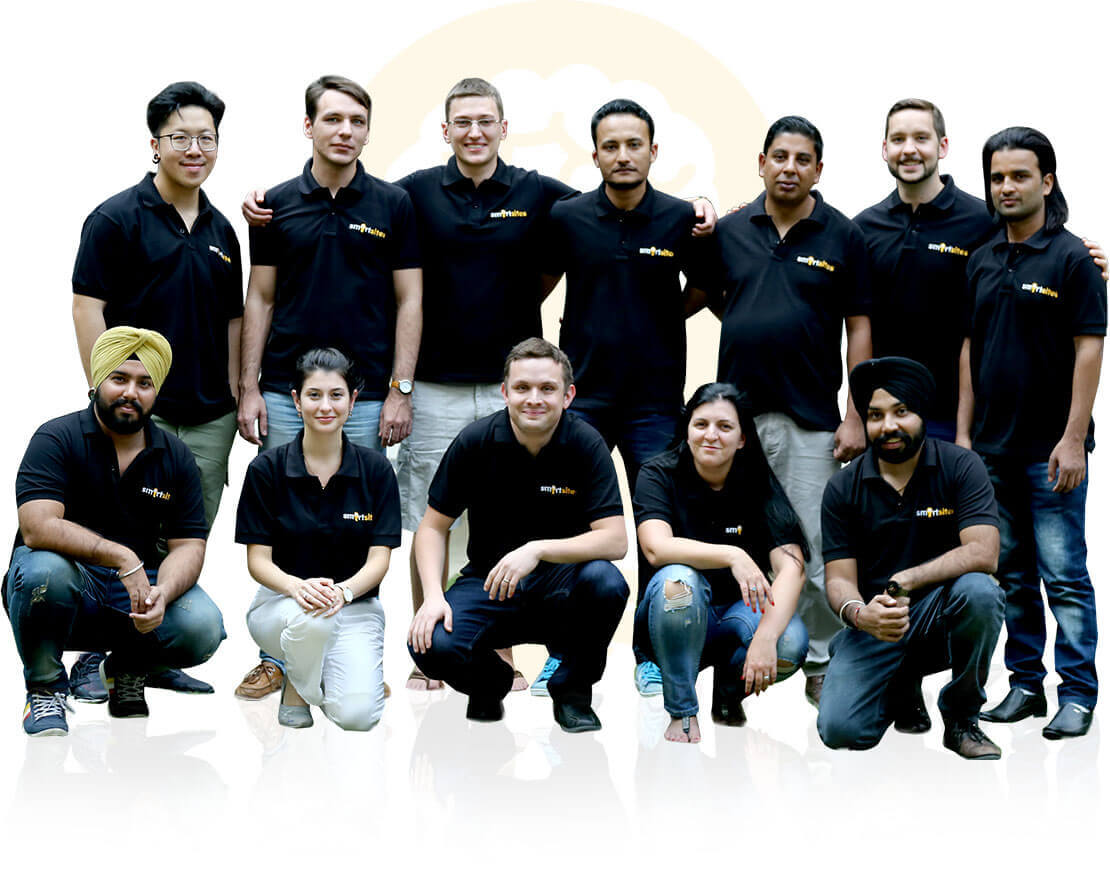By Alex Melen, Co-Founder, SmartSites
Running a well-oiled servicing operation can be challenging, and every minute wasted by inefficient systems is a potential dollar lost. In 2020, an age defined by breakneck speed and instant gratification, the most successful dealerships are the ones leveraging messaging and automation to deliver faster and higher quality experiences. This has led to an increase in repair order volume, process efficiency, and ultimately customer loyalty.
Here’s how they’re doing it:
1. Sending photos and videos for faster work approvals.
Texting photos and videos to customers helps you to articulate specific issues and provide a visual of the items requiring repair or replacement. This improves transparency as well as the customer’s willingness to approve work. These approvals can get sanctioned in real-time directly within the conversation. Instead of telling customers they’re leaking oil or their tires are bald, dealerships are now showing them.
2. Automating reminders for customers can help you increase show rates and more.
With automated messaging reminders, dealerships maximize the number of confirmed service appointments and revenue, while decreasing phone call volume.
The average dealership processes about 9,000 repair orders a year. In a recent case study by LivePerson Automotive, the Angela Krause Family Ford dealership tripled their repair order volume after adopting the use of a messaging platform to automate appointment reminders. They saw immediate value in their technology investment as customers were much more responsive via SMS about whether or not they could keep an appointment. And for those who canceled, the dealership was able to rebook those time slots.
You can also use automation to send vehicle pick-up notifications to proactively let customers know when their vehicles are ready, as well as for follow-up messages in the months after their last service visit.
3. Making paying quick and easy with on-the-go mobile payments.
Real-time mobile payments create a faster and more convenient experience for customers. Service advisors can create invoices and request payments via messaging and then send a payment request link to the customer via SMS.
4. Creating personalized experiences at scale.
Messaging and automation platforms can generate personalized landing pages for every customer. These personalized web pages are delivered via an SMS and display repair order details, tailored ads highlighting offers, and reminders for scheduled maintenance appointments and free trade-in appraisal. Continuously engaging customers with compelling content and information builds deeper relationships while creating opportunities to upsell.
Speed up your service lane with messaging and automation while saving time and making more money.
About the Author
Alex Melen is an award-winning entrepreneur and keynote speaker. Alex is co-founder of SmartSites, rated one of the fastest-growing digital agencies by INC5000; managing over $50MM/year in advertising spend with over 100 employees spanning six offices.
Original Source:

